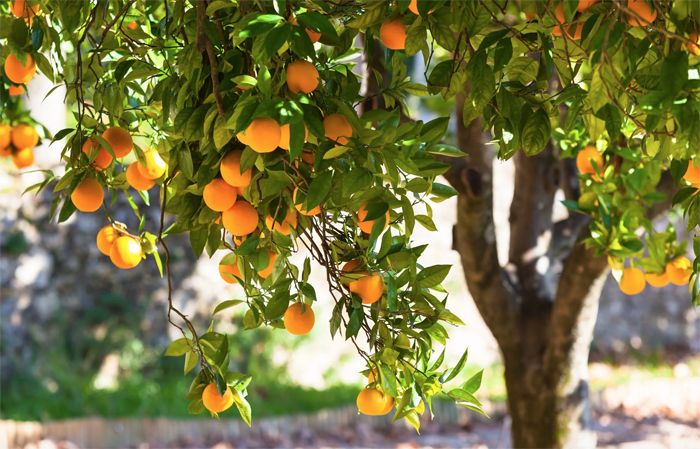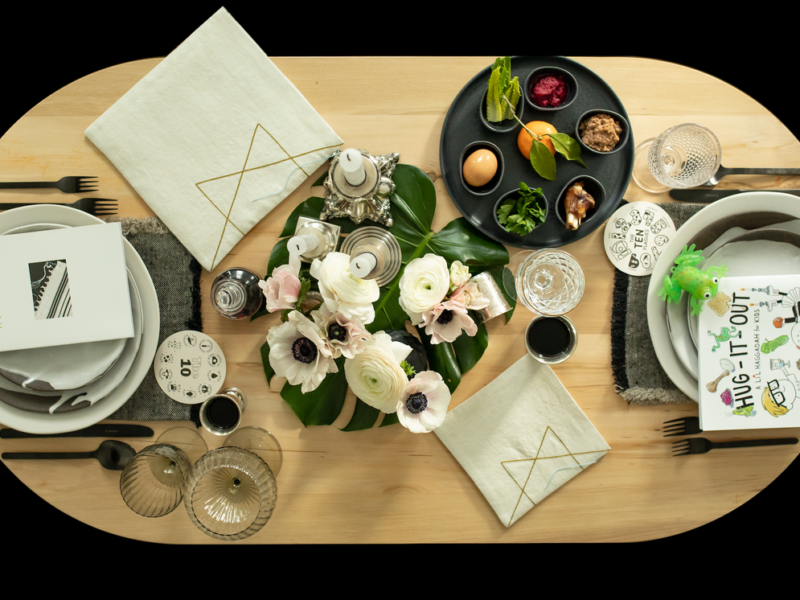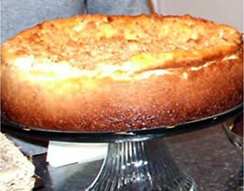No matter where you live in the Valley or Tucson, chances are you have citrus trees in your neighborhood. Citrus is part of “Arizona’s Five C’s” along with copper, cattle, cotton and climate. Arizona’s most popular agricultural citrus include grapefruit, lemons, limes and oranges. Early irrigation efforts in the 1860s, such as the reconstruction of the Hohokam Canals, made citrus growth possible in Arizona’s harsh desert climate.
Citrus trees are not particularly cold hardy and even though we don’t get freezing temperatures too often, it is prudent for homeowners to take precautions.
Citrus trees are most likely to survive cold temperatures if planted in the proper location. The USDA has divided the United States into eleven plant hardiness zones based on 10°F average annual minimum temperature ranges. Zones 2 through 10 are further subdivided (a and b). In Arizona, citrus may be safely grown in zone 10a, where average annual minimum temperatures range from 30 to 35ºF, and in zone 9b, where average annual minimum temperatures range from 25 to 30ºF. These areas include the Valley, parts of Maricopa County, the slopes surrounding Tucson, and some areas of Pinal County.
Differences in elevation, slope of the land, degree of urbanization (presence of concrete and asphalt), and other factors affect the number of frost-free days in any particular location. Take temperature readings in your location and compare them to the temperature reported in the news. Use this information to predict the impact of forecasted freezes. Your location may
be several degrees warmer or colder than the temperature reported on the news.
The great majority of the cold events in Arizona are frosts, which occur when conditions are calm and clear, and an inversion exists. Frosts are also more likely when the air is dry. Dry air is subject to high day-to-night fluctuations.
During a frost, sub-freezing temperatures rarely last more than a few hours or drop below 20°F. Attempts to protect citrus from frost are often successful.
The homeowner can take some cold protection strategies prior to the first frost or freeze. These include selecting the proper citrus tree variety and rootstock for the location, selecting the proper planting site, and allowing the tree to acclimate to the cold.
When frost is imminent, the following strategies are recommended.
Cover the tree: Small trees may be covered with blankets, quilts or burlap sacks. This strategy conserves heat accumulated during the day.
Provide additional heat: A heat source, such as a string of old-style Christmas lights or a shop light with an incandescent light bulb, can be placed in the canopy of smaller or medium-sized trees. This strategy works best on trees that have been covered. Be careful not to allow the light to come in contact with water.
Maintain soil moisture: When the soil around the tree is kept moist, it will not radiate as much heat to the atmosphere at night. This is much more effective if the ground is bare around the tree.
Spray the tree canopy with water: Trees should be sprinkled with water throughout the
frost. As the water freezes around the leaves and branches, it will liberate enough heat to maintain the tissue temperature at 32°F. This strategy will only be successful if the water flows continuously throughout the frost, and remains flowing until the air temperature is above 37°F. Only the leaves that are sprinkled will not suffer freeze damage, although there could be some limb breakage due to the accumulation of ice.
Sometimes, despite the gardener’s best efforts, a tree will be damaged by frost. Cold-damaged fruit will appear water-soaked on the inside, sometimes without exterior evidence of damage. One to two weeks later, the rind will separate from the segments and the fruit will become soft and puffy. Finally, the segments will dry and the fruit will become pithy. Damaged fruit may often be juiced if harvested quickly after the frost. Fruit in the warmer interior of the tree are likely to be less damaged than those on the outside.
Occasionally, leaves are not killed by a freeze, but only damaged. These leaves need not be removed, and will continue to function. Leaves that are killed during a freeze will fall off the tree, or may be removed.
It is best to wait to determine the extent of the damage to branches and trunks before pruning, since it is sometimes difficult to distinguish between dead wood and living wood. Prune out the dead wood after the spring growth flush shows the extent of the damage. If trees must be
pruned sooner than the growth flush, because damaged trees are unsightly, go back and remove additional dead wood throughout the season.
Make pruning cuts in live wood, just below the point where the frost-damaged wood begins. Simply scrape the bark with a knife; live wood will be green just under the bark, while dead wood will be brown. After pruning, paint any bark newly exposed to the sun with white water based paint (latex) or whitewash, to prevent sunburn and eventual disease.
If the entire tree is damaged by frost or freeze, the variety may die, leaving only the rootstock. The appearance of leaves that are distinctly different from the variety, or fruit that is
uncharacteristically seedy, rough or sour will often indicate that the variety has died and only the rootstock remains. In this case, it is best to remove the entire tree and replant.
Tree care information was provided courtesy of the University of Arizona College of Agriculture and Life Sciences Cooperative Extension.






